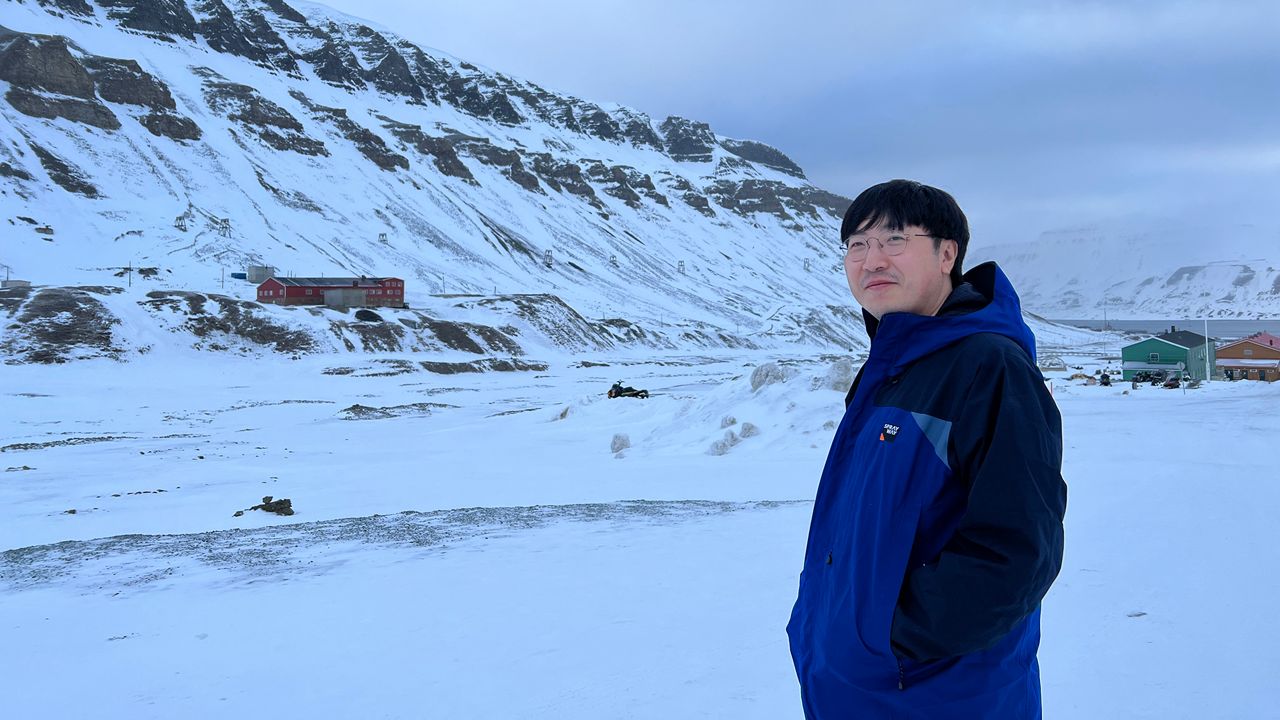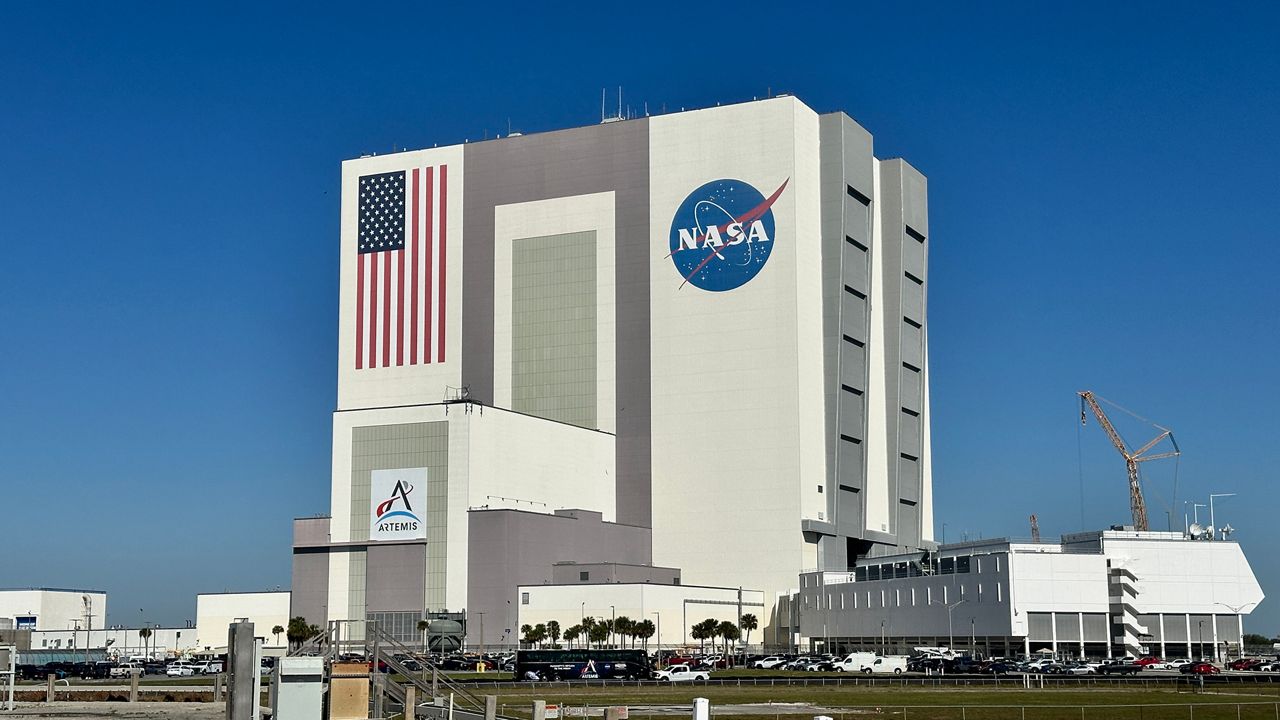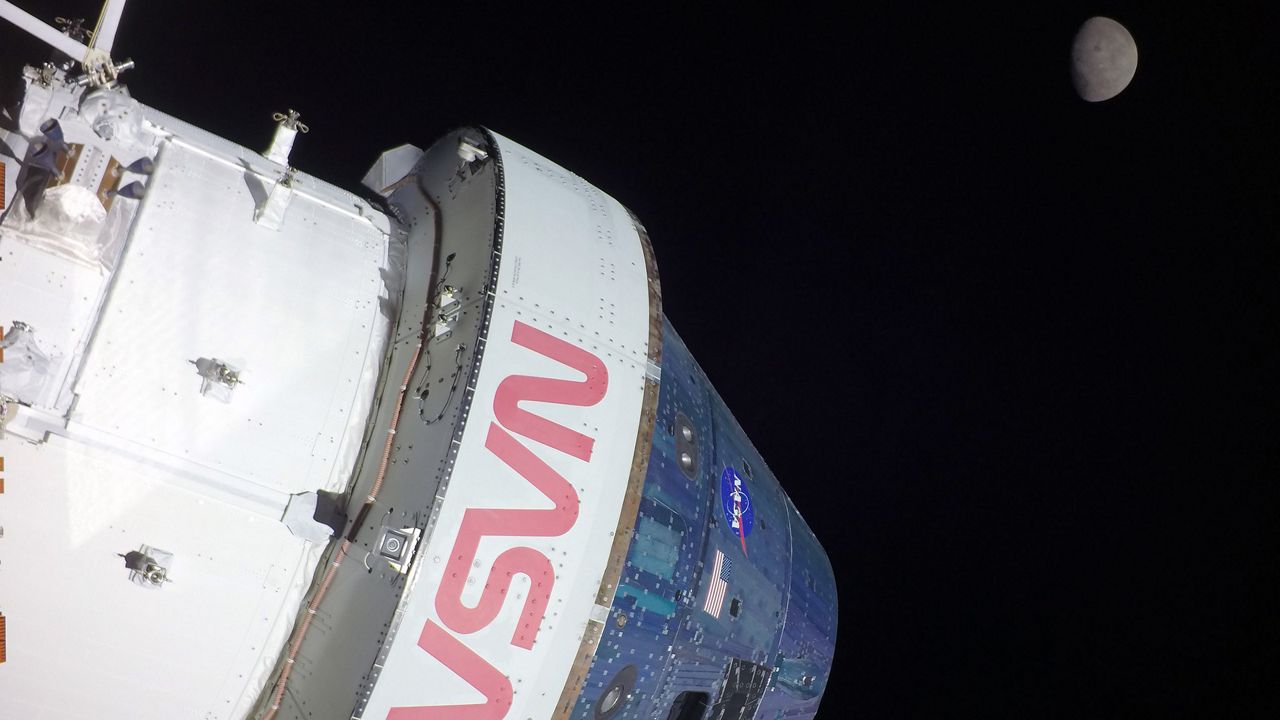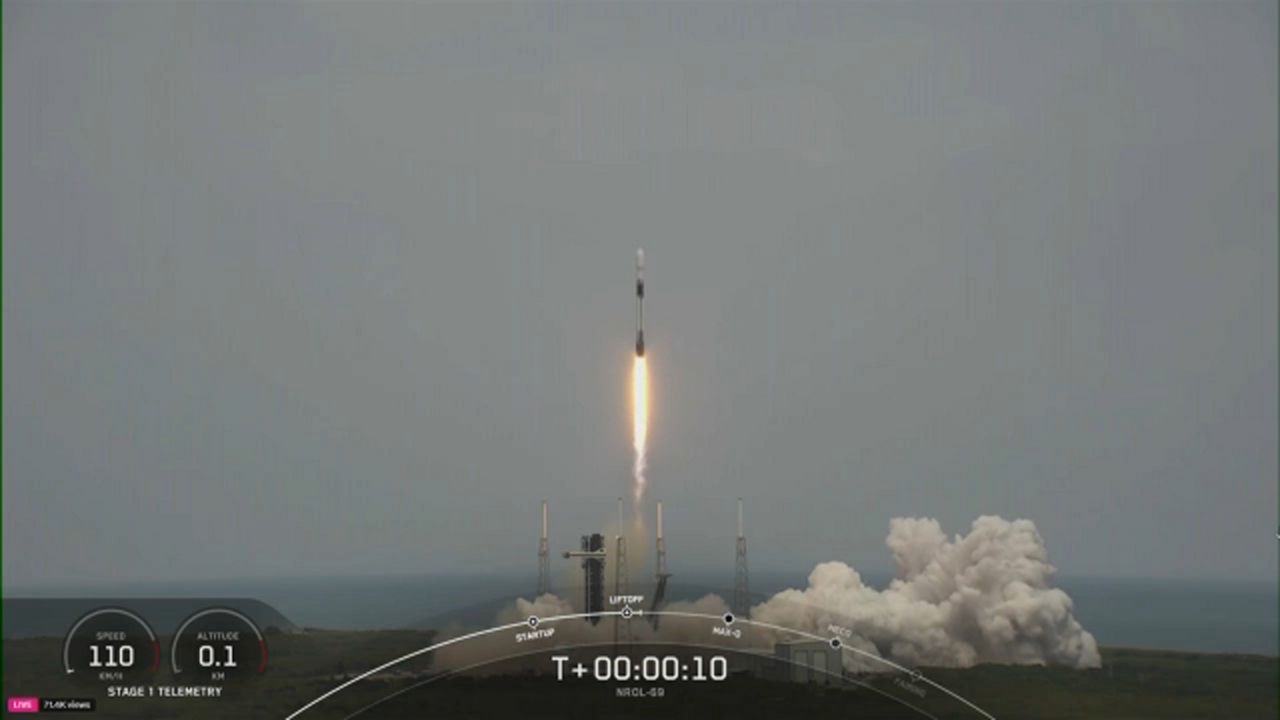CAPE CANAVERAL SPACE FORCE STATION — After a number of delays and dealing with a constant helium leak, NASA and Boeing were able to successfully launch the maiden crewed flight of the Starliner spacecraft on Wednesday.
What You Need To Know
- It took off from Space Launch Complex-41 at Cape Canaveral Space Force Station in Florida
- Learn about the previous launch attempts
- Discover more about the Starliner and its crew members
- Get more space coverage here ▶
- 🔻Scroll down to watch the launch🔻
After a number of delays and mechanical issues, both @NASA and @BoeingSpace successfully launched #Starliner today.
— 🚀Anthony Leone🌕 (@AnthonyLeone) June 5, 2024
Find out how it happened in my article at @MyNews13: https://t.co/mGNtllh8yA#NASA #Boeing #SpaceNews pic.twitter.com/uM7KneNMD3
Countdown to launch
With an instantaneous launch at 10:52 a.m. ET, Starliner and United Launch Alliance’s Atlas V rocket sent NASA astronauts Cmdr. Barry “Butch” Wilmore and pilot Sunita “Suni” Williams to the International Space Station.
They left Space Launch Complex-41 at Cape Canaveral Space Force Station in Florida as the roar of the Starliner’s RD-180 engines were heard to the delight of space fans and setting car alarms off.
The launch conditions were favorable, with the 45th Weather Squadron giving a 90% for liftoff. The only concern was the cumulus cloud rule.
This was Starliner’s first time to launch with people onboard.
Before liftoff, newly graduated NASA astronaut Jessica Wittner was sharing her excitement about the launch and what inspired her to go into space.
🚀Brand new @NASA astronaut Jessica Wittner was telling me her excitement for the @BoeingSpace #Starliner mission, how she was inspired to be an astronaut and her advice to students.
— 🚀Anthony Leone🌕 (@AnthonyLeone) June 5, 2024
Learn more about the mission at @MyNews13: https://t.co/mGNtllh8yA pic.twitter.com/p9hHTbpbhh
A timeline of Starliner launch attempts
Before Wednesday’s launch attempt, the Boeing Crew Flight Test mission has seen many delays, from an issue with a valve on the Atlas V rocket to a persistent helium leak on the Starliner. And NASA confirmed on Friday, May 24, that the Starliner will be launched with the helium leak because officials feel it is stable and manageable.
Previous Starliner coverage
Knowing about their ride: Info on the Starliner and Atlas V rocket
Boeing’s Starliner is designed to fit up to seven people, but for NASA missions, only four to five crew members will be on board.
For this mission, the space capsule will be heading into space thanks to United Launch Alliance’s Atlas V rocket.
United Launch Alliance is the joint business venture between Boeing and Lockheed Martin. ULA is known for the Atlas V and the recently retired Delta IV Heavy rockets and the new Vulcan rockets.
Boeing stated that its Starliner is conceived for up to 10 missions and each one is made for a specific assignment.
The spacecraft has only performed two missions, both uncrewed. The first Orbital Flight Test in December 2019, which did launch as planned but there was a glitch in the mission-elapsed timer that caused the spacecraft to go into an orbital insertion burn at the wrong time, which wasted a lot of fuel.
So, while it reached a stable orbit, it could not meet up the ISS.
The first Orbital Flight Test’s Starliner is the same one used for his maiden crewed mission. And it was christen Calypso after Jacques-Yves Cousteau's oceanography vessel, RV Calypso, stated NASA.
In May 2022, the second Orbital Flight Test was successful and made it to the famed floating laboratory.
After the stage separation, the Atlas V booster will fall into the ocean. Unlike SpaceX rockets, Atlas rockets do not land.
The Atlas V rocket, with the Starliner on top, stands at 171 feet (52 meters) tall. It is a bit smaller than a stacked SpaceX Falcon rocket at 229.6 feet (70 meters).
Understanding the mission
After the liftoff, it will be a more than 24-hour journey for Wilmore and Williams to reach the International Space Station, where Calypso will dock on the space station’s Harmony module.
If all goes according to plan, it should dock autonomously at 12:15 p.m., Thursday, June 6, according to Siceloff.
The mission has many objectives, but one of the main ones is to prove the Starliner’s ability to launch and land.
“The CFT crew is focused on testing Starliner systems in detail throughout their stay on ISS. For a flight test like this, they will not be tasked with research work on the station itself. They are qualified to do so, but for this mission, the flight testing elements have priority,” according to Siceloff in an earlier interview.
The pair will assess the spacecraft, its displays, and cargo transfer systems; and will even go inside Starliner and close the hatch to show it can be used as a “safe haven” in case there is an emergency, NASA explained.
During the first launch effort, former NASA astronaut and former Boeing CST-100 Starliner Director of Crew and Mission Systems Christopher J. Ferguson explained to Spectrum News what Wilmore and Williams will experience as the Starliner launches.
🚀@Boeing’s former #Starliner Director and @NASA astronaut Chris Ferguson was explaining to me what Cmdr. #Wilmore and pilot #Williams will experience during liftoff and what went into this maiden launch.
— 🚀Anthony Leone🌕 (@AnthonyLeone) May 6, 2024
Read more at @MyNews13: https://t.co/NgEcqfLybZ pic.twitter.com/J1ZeaV0yze
This mission is part of NASA’s Commercial Crew Program, which is designed to work with American aerospace companies to build spacecraft and rockets to send equipment, technology and astronauts from American soil.
“The goal of the program is to provide safe, reliable, and cost-effective transportation on space station missions, which will allow for additional research time,” NASA stated.
“In 2014, Boeing was awarded up to $4.2 billion by NASA to build, test and fly the Starliner. The contract includes six service missions, as well as an uncrewed and a crewed flight test to the ISS,” Boeing stated in a 51-page document.
Both Wilmore and Williams will be at the ISS as part-time Expedition 71 members for about a week or before they return to Earth in the Starliner, NASA officials stated.
(ISS expeditions are missions that can last about six months.)
The Starliner will have a “hard landing” in the American Southwest as its parachutes will slow it down to 4 mph before touching soil again. The exact location has not yet been disclosed.
Introducing the crew
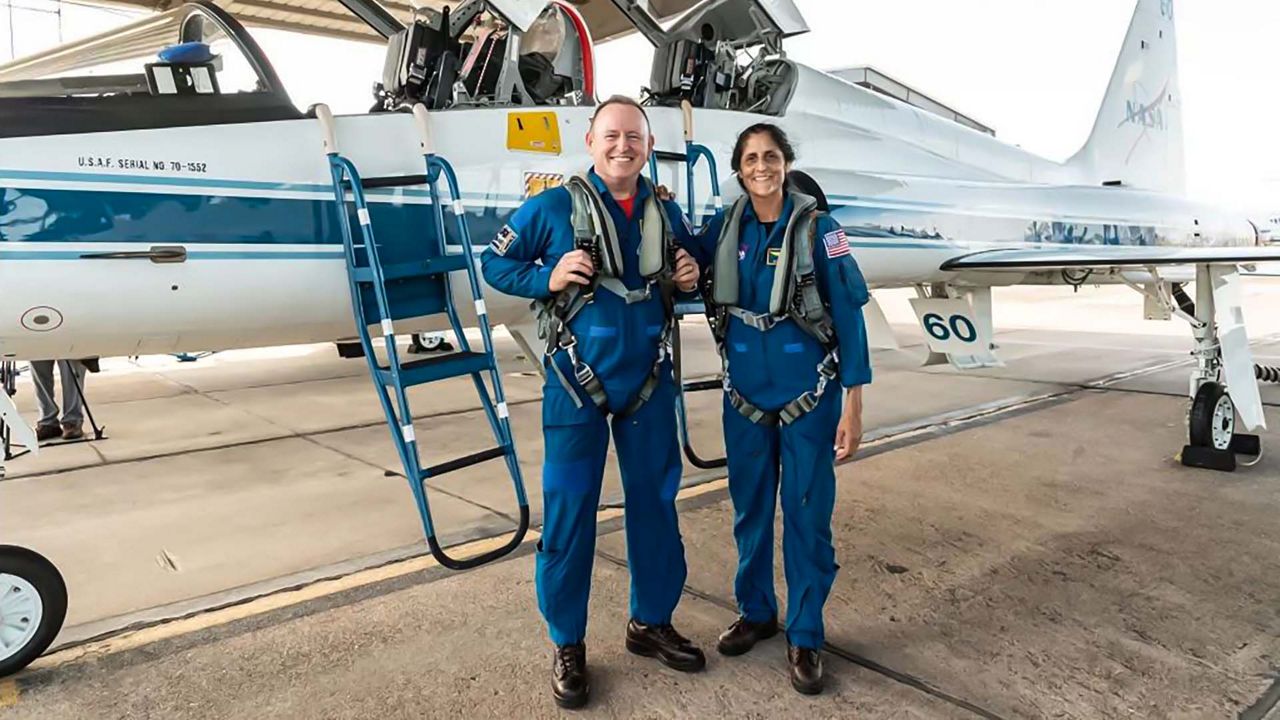
When it comes to space travel, the Starliner crew are pros. Wilmore, the commander of the Crew Flight Test mission, became a NASA astronaut in July 2000.
The retired Navy veteran has been on the Atlantis shuttle mission STS-129 in 2009 and two ISS Expedition missions: 41 and 42 between 2014 and 2015.
Williams will be the pilot for this first voyage of the crewed mission. The Ohio native was selected to be a NASA astronaut in 1998 and has been on two ISS missions: Expeditions 14 and 15 in 2006 and 2007. And then 32 and 33 in 2012.
“Williams, who has spent a 322 total days in space, ranks sixth on the all-time U.S. endurance list, and second all-time for a female astronaut,” Boeing stated of the former retired Navy test pilot and captain.






